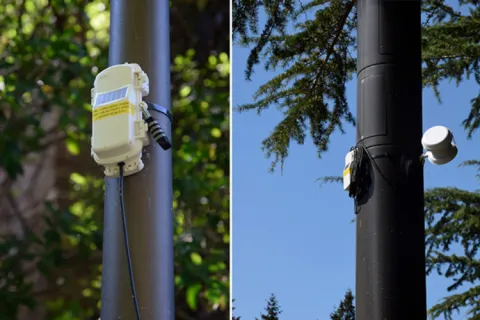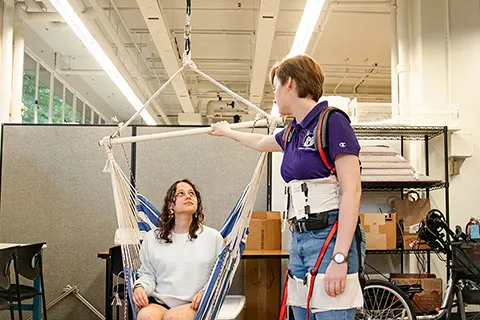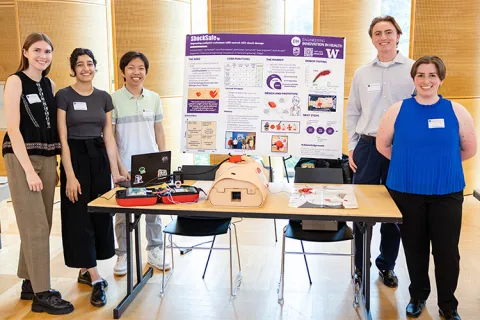Adaptable House
Impedance Control of Overhead Lifting Mobility System Adaptable House
The Adaptable Housing Project seeks to answer problems of well-being and movement in the home of aging and physically challenged people. Their solution is twofold: create a holistic physical environment adaptable to each individual’s special needs and unique challenges as they evolve over time - for living life at maximum freedom - and design all the components of that space to be beautiful and life-affirming. An important part of the design of the house is a mobility system that would avoid the limitations of traditional wheelchair and walkers by using an overhead gantry and track system to assist the user with three different levels of support: --Independent, where the user as able to support their own body weight and walk on their own and the system can come when called, follow them around or provide slight resistance to support physical conditioning, and catch them if they fall. -- Intermediate, where the system takes a substantial portion of the body weight but still allows the user to walk. -- Fully supportive, where the user would sit in a sling or similar device and the system would lift them, carry them where they wanted to go, and lower them back down. In all modes, the system would need to cover a ~20x40 ft room, and be able to transfer the user to another track system in an adjacent rooms. A house being designed for people with fluctuating mobility capabilities, in particular, needs to control the lift axis of an overhead support system so it take some or all of the user's weight and arrest falls. Students on this project worked to focus on the control strategy for lift axis and design and build a benchtop prototype to demonstrate the various modes of operation. The students on this project were in the University of Washington Department of Mechanical Engineering Mechatronics program and focused on controls system of the lifting system so that it could maintain the desired pretension as the user moved throughout the room and transitioned between sitting and standing. If the user lost their balance, the students worked to incorporate into the system a way for the system to sense and safely arrest the fall. The students also worked to incorporate into the system the ability to support intuitive and low-effort raising and lower control by a caretaker or user when supporting their full weight. This project was one of 4 working on the Adaptable House mobility system. This student team worked to collaborate with students on the other projects focused on the full scale system architecture, harness and support interface, and planar anti-sway motion control.
Faculty Adviser
Eli Patten,
ME Capstone Director,
Mechanical Engineering
Students
Everett Hirano
John Shim
Keita Yamamoto
Maya Larson
Related News

Fri, 09/20/2024 | UW Civil & Environmental Engineering
Smarter irrigation for a greener UW
A new project combines satellite data with ground sensors to conserve water and create a more sustainable campus environment.

Mon, 09/09/2024 | UW Mechanical Engineering
Testing an in-home mobility system
Through innovative capstone projects, engineering students worked with community members on an adaptable mobility system.

Mon, 08/19/2024 | UW Mechanical Engineering
Students strive to ensure accurate AED shock dosage
ShockSafe, developed by students with the help of mentors from Philips and Engineering Innovation in Health (EIH), can distinguish between children and adults during cardiac arrest emergencies.

Wed, 08/07/2024 | Snohomish County News
Snohomish County, University of Washington partnership boosts efficiency in enterprise scanning center
UW Industrial and Systems Engineering Capstone Project set to save Snohomish County over $40,000 annually.